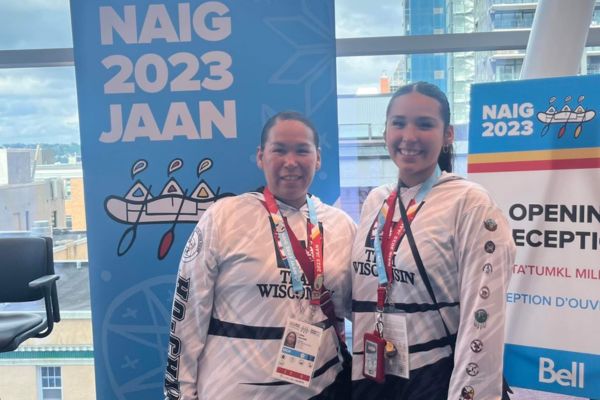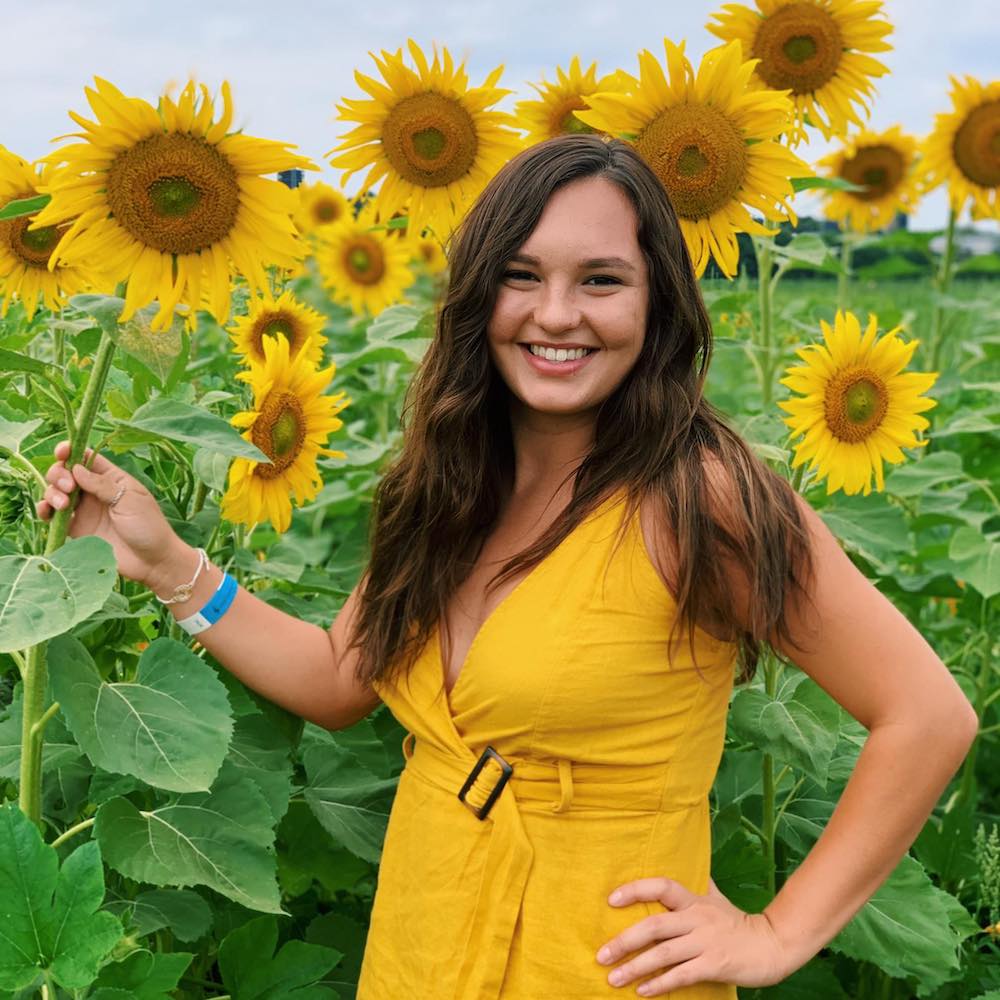
- Details
- By Kaili Berg
The North American Indigenous Games (NAIG) officially kicked off Sunday, July 16. More than 5,000 athletes and coaches from more than 750 Indigenous Nations are competing for the first time as the 10th edition of the NAIG takes place in Nova Scotia. Games run July 16-23.
The event is the first since 2017 due to COVID-19 cancellations. It will be the largest Indigenous gathering in Atlantic Canada’s history.
NAIG are sometimes described as “The Indigenous Olympics.” Although it may be a sporting event, the games are about celebrating Indigenous culture and heritage, improving awareness and education, and building communion among the many tribal nations.
There are competitions in 16 different sports, including three traditional events that include canoe/kayak, archery, and lacrosse.
The Halifax Common, a large park in downtown Halifax, will become the cultural heart of the games. The cultural village will have events every day including cultural demonstrations, markets, and entertainment. Athletes and their families will be enriched with Indigenous food, art, music, dance, and fashion at the cultural village.
Athletes will receive gold, silver, and bronze medals. The medals showcase Mi’kmaq art — including traditional eight-pointed stars — and highlight the vibrant colors of NAIG 2023.
For some athletes, this might be the first time that they are participating. Athletes will meet other Indigenous players from across North America and share experiences with one another.
Kaelyn Chasenah will be among those athletes. Chasenah is a Comanche and Ho-Chunk tribal member. She is from Nekoosa, Wisconsin and will be playing setter and right-side hitter for Team Wisconsin, which is composed of indigenous youth girls from tribes all around Wisconsin.
“I’m excited to experience something new and get a chance to showcase my ability alongside my supportive teammates and coaches,” Chasenah told Native News Online.
Chasenah has been playing for seven years, since she was ten years old, and ended up breaking her leg freshman year of high school, but did not let that impact her love for sports. She bounced back, and after trying out for team Wisconsin, she was selected along with ten other girls.
“It was a long journey but I am thankful for the staff and family that has pushed me to where I stand today. That experience taught me not to rely on others to help you, your biggest motivator is yourself. I strive to push myself even further and make games and practice better than the previous,” said Chesanah.
Casenah enjoys reconnecting with her culture. Besides sports, she attends powwows and dances Ho-Chunk Applique and sings with Motown, a family drum group. The games are more than just medals to her and give an opportunity to reconnect with culture and share this experience with many others.
“My family has always been culture orientated but there are also ways that we can apply our culture to everyday life, which is what I try to live by,” said Chesenah.
Chesenah will be accompanied by her mother, Lena Walker, who is also assistant coach manager for Wisconsin U19 Volleyball.
“I am excited I get to go with and attend with her. I think we have a really good team that meshed really well together. They know each other well, and we have done a lot of team bonding. The main thing is that we have had fun this whole time,” Lena Walker told Native News Online.
Walker has also participated in the games in 2002 for softball.
“Meeting people was the biggest excitement for me. It was fun to get to know others from different areas. I am excited for my daughter to get to experience what I did,” said Walker.
More Stories Like This
From Dishwasher to Award-Winning Chef: Laguna Pueblo's Josh Aragon Serves Up Albuquerque's Best Green Chile StewRob Reiner's Final Work as Producer Appears to Address MMIP Crisis
Vision Maker Media Honors MacDonald Siblings With 2025 Frank Blythe Award
First Tribally Owned Gallery in Tulsa Debuts ‘Mvskokvlke: Road of Strength’
Zuni Youth Enrichment Project and Partners at Ho’n A:wan Productions Launch 8th Annual Delapna:we Project
Help us defend tribal sovereignty.
At Native News Online, our mission is rooted in telling the stories that strengthen sovereignty and uplift Indigenous voices — not just at year’s end, but every single day.
Because of your generosity last year, we were able to keep our reporters on the ground in tribal communities, at national gatherings and in the halls of Congress — covering the issues that matter most to Indian Country: sovereignty, culture, education, health and economic opportunity.
That support sustained us through a tough year in 2025. Now, as we look to the year ahead, we need your help right now to ensure warrior journalism remains strong — reporting that defends tribal sovereignty, amplifies Native truth, and holds power accountable.
 The stakes couldn't be higher. Your support keeps Native voices heard, Native stories told and Native sovereignty defended.
The stakes couldn't be higher. Your support keeps Native voices heard, Native stories told and Native sovereignty defended.
Stand with Warrior Journalism today.
Levi Rickert (Potawatomi), Editor & Publisher


